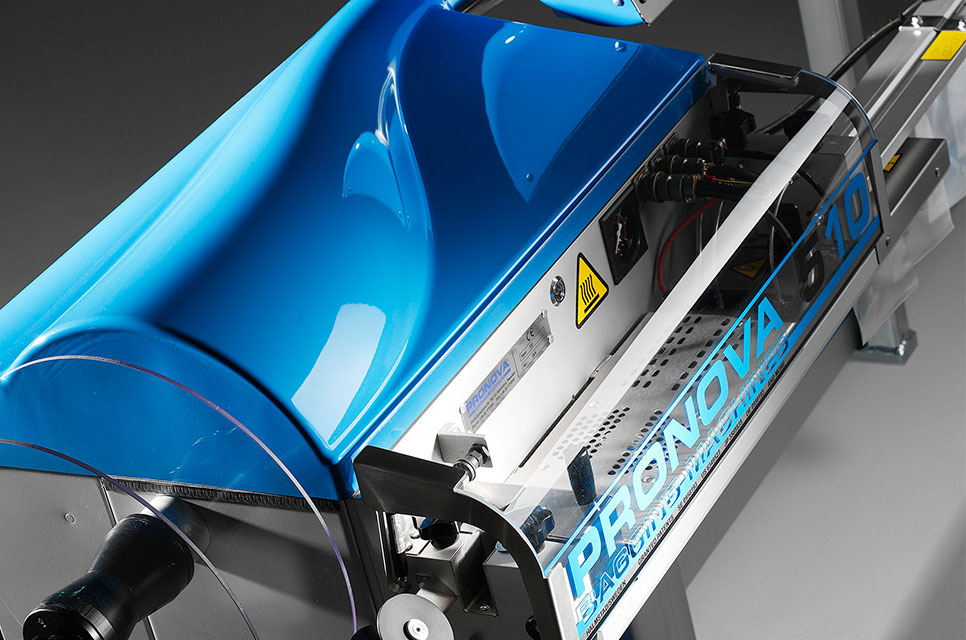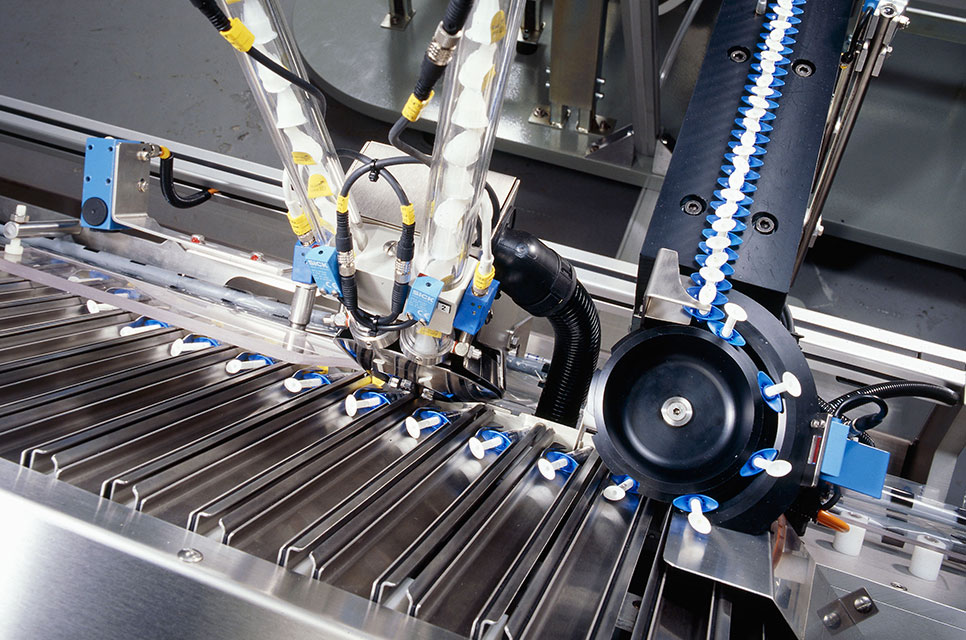Sustainable materials

In addition to regular PE and laminate, we also manufacture bags in more sustainable materials, such as Green PE which is a bio-based plastic and PIR and PCR which are recycled plastics.
When it comes to PIR and PCR, you can choose how much recycled material you want the bag to be made of, for example 30, 60 or 90% recycled.
Below is a description of the different materials and their areas of use.
Green PE
Green PE means a plastic made from renewable raw materials. It can often be hydrocarbons originating from sugar cane, pine oil or used cooking oil.
Since the material is polymerized from scratch, quality can be ensured to the same degree as for new raw materials but with a lower climate impact.
Green PE can theoretically be used for all applications as a new raw material, but access is more limited.
It is important to point out that the plastic cannot be composted, the used plastic is recycled in existing recycling flows for plastic packaging.
PIR
When factory waste is recycled to make new plastic products, the material is usually referred to as PIR, this term stands for Post Industrial Recycled.
The great advantage of PIR is that the quality, due to the careful sorting processes in the industry, stays quite close to new raw material.
The material is therefore used to a large extent in industrial packaging and other products that do not come into contact with food but which at the same time have high requirements for strength and durability.
Used plastic is recycled in existing recycling flows for plastic packaging.
PCR
PCR stands for Post Consumer Recycled and, as the name reveals, consists of recycled plastic collected from end users.
Because of this, the material is often more contaminated by, for example, paper, glue, and residues of other materials that can be difficult to wash and filter out in the recycling process.
Consequently, PCR is favourably used in applications that do not place as high demands on performance, for example industrial packaging and simpler packaging without contact with food.
A common misconception regarding PCR is that the material would not be possible to recycle a second time, but this is a statement that is not true. It is very true that the material breaks down to some extent each time it is recycled. But if there is the right mix of PCR and new raw material in the new recycled raw material, the quality remains at a sufficient level for it to be used again.
The used plastic is recycled in existing sorting and recycling flows for plastic packaging.

